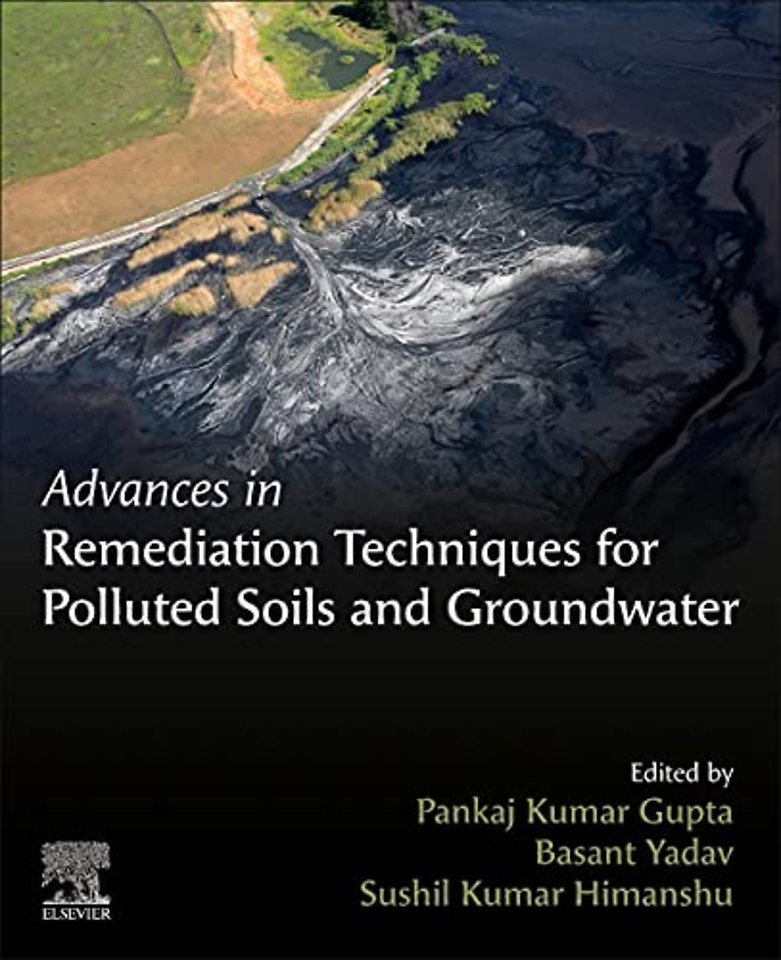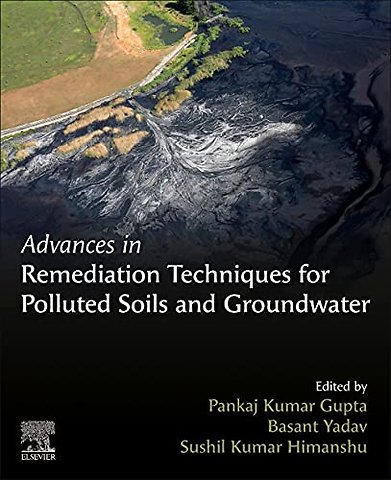1. Water is life: Implications of multi-pollutants around the globe<br>2. Subsurface pollution by geogenic, industrial, and emerging pollutants<br>3. Soil contamination: efficacy of fertilizer, sawdust and horse manure application as a treatment technique for oil-polluted soil in the tropics<br>4. Groundwater pollution and Climate change: Advances in interlinking tools<br>5. Advances in modeling and laboratory analysis for multi-phase flow in porous media<br>6. Large scale (2D/3D) laboratory experiments and numerical modeling to assist PAHs behaviours in the subsurface<br>7. Heavy metals and metalloids in subsurface environment: environmental and health hazards and bioremediation strategies<br>8. Flow and movement of gaseous pollutants in the subsurface: CO2 and CH4 dynamics at a CCS site<br>9. Density driven flow, saline water intrusion- Consequences and Current status<br>10. Fate of selenium and naturally occurring materials in soil and groundwater: role of isotopic techniques in assessment and remediation<br>11. Impacts of climatic variability on subsurface water resources and nitrate-N movement<br>12. Advancement in groundwater quality modeling: Conceptual and Computational models<br>13. Simulation-Optimization Approaches in remediation system design<br>14. Estimation of groundwater recharge and its impacts on groundwater quality<br>15. Evaluation of Machine Learning-Based modeling approaches in groundwater quantity and quality prediction<br>16. Remote sensing and GIS application in contaminant mapping and prediction<br>17. Uncertainty in groundwater quality modeling: Causes and impacts<br>18. A comparative study of Artificial Neural Network and Genetic Algorithm Model for the prediction of Fluoride in the Groundwater: A case study of Rajasthan, India<br>19. Assessing the risks of interaction between the natural water table and on-site wastewater treatment systems<br>20. Soil erosion risk assessment over an agricultural watershed<br>21. Managed aquifer recharge structures for fluoride remediation in India<br>22. Column Adsorption Studies for the Removal of Chemical Oxygen Demand from Fish Pond Wastewater using Waste Alum Sludge<br>23. Micro-plastic in the subsurface: extraction and characterization from sediments of River Ganga near Patna, Bihar<br>24. Development in microbial techniques for management and remediation of PPCPs polluted sites<br>25. Riverbank infiltrations- sustainable tool for rural faecal contaminations<br>26. Economical risk analysis for Management and Remediation of polluted sites<br>27. Evaluation of health risk analysis for industrial pollutants<br>28. Understanding the Hydrogeology of Polluted Sites<br>29. Groundwater Policy- What need to modify?<br>30. Applicability, Implications and Development for Treatment of Polluted Groundwater

